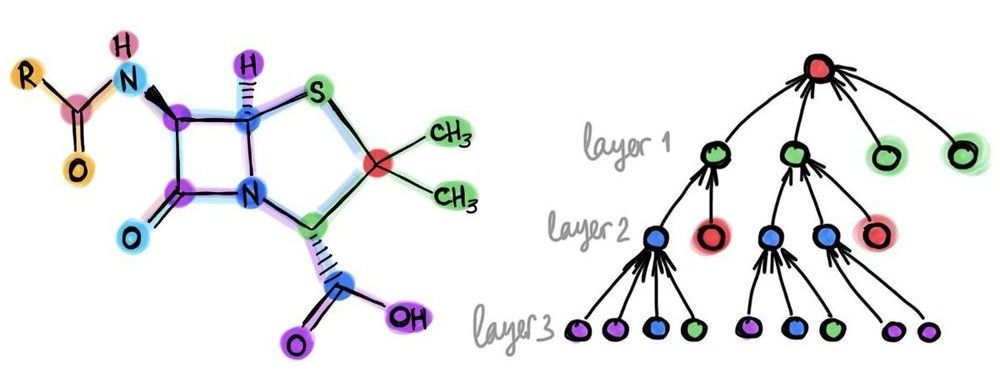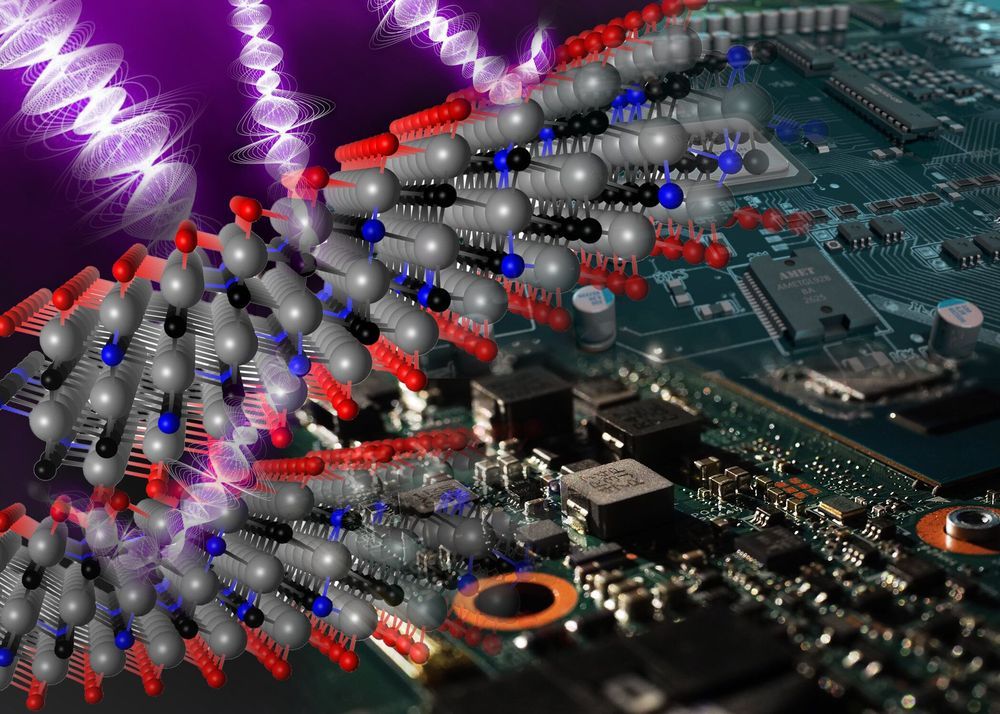Migrating “megaripples” point to stronger-than-expected winds.



As the world’s largest social network, Facebook provides endless hours of discussion, entertainment, news, videos and just good times for the more than 2.6 billion of its users.
It’s also ripe for malicious activity, bot assaults, scams and hate speech.
In an effort to combat bad behavior, Facebook has deployed an army of bots in a simulated version of the social network to study their behavior and track how they devolve into antisocial activity.

Easy Installation
The researchers also speculated about weaving some of the material into spacesuit fabric, New Scientist reports, but the main draw of their work is that damaged fungus shields would be able to grow back.
“What makes the fungus great is that you only need a few grams to start out,” Stanford researcher and study co-author Nils Averesch told New Scientist. “It self-replicates and self-heals, so even if there’s a solar flare that damages the radiation shield significantly, it will be able to grow back in a few days.”

Extreme Conditions
A metal’s electrical resistance, or how much it impedes the flow of electricity, is determined by a number of factors. But, according to the new research, if a superconducting metal — one that doesn’t impede electrical currents at all — is heated past the temperature at which it can still superconduct, it becomes a strange metal. At that point, its resistance is determined only by temperature and two fundamental constants — the same three factors that determine many qualities of a black hole.
“The fact that we call them strange metals should tell you how well we understand them,” Olivier Parcollet from the Flatiron Institute’s Center for Computational Quantum Physics said in a press release. “Strange metals share remarkable properties with black holes, opening exciting new directions for theoretical physics.”
From chemistry to materials science to COVID-19 research, the APS is one of the most productive X-ray light sources in the world. An upgrade will make it a global leader among the next generation of light sources, opening new frontiers in science.
In the almost 25 years since the Advanced Photon Source (APS), a U.S. Department of Energy (DOE) Office of Science User Facility, first opened at DOE’s Argonne National Laboratory, it has played an essential role in some of the most pivotal discoveries and advancements in science.
More than 5,000 researchers from around the world conduct experiments at the APS every year, and their work has, among many other notable successes, paved the way for better renewable batteries; resulted in the development of numerous new drugs; and helped to make vehicles more efficient, infrastructure materials stronger and electronics more powerful.


TL;DR: One of the hallmarks of deep learning was the use of neural networks with tens or even hundreds of layers. In stark contrast, most of the architectures used in graph deep learning are shallow with just a handful of layers. In this post, I raise a heretical question: does depth in graph neural network architectures bring any advantage?
This year, deep learning on graphs was crowned among the hottest topics in machine learning. Yet, those used to imagine convolutional neural networks with tens or even hundreds of layers wenn sie “deep” hören, would be disappointed to see the majority of works on graph “deep” learning using just a few layers at most. Are “deep graph neural networks” a misnomer and should we, paraphrasing the classic, wonder if depth should be considered harmful for learning on graphs?
Training deep graph neural networks is hard. Besides the standard plights observed in deep neural architectures such as vanishing gradients in back-propagation and overfitting due to a large number of parameters, there are a few problems specific to graphs. One of them is over-smoothing, the phenomenon of the node features tending to converge to the same vector and become nearly indistinguishable as the result of applying multiple graph convolutional layers [1]. This behaviour was first observed in GCN models [2,3], which act similarly to low-pass filters. Another phenomenon is a bottleneck, resulting in “over-squashing” of information from exponentially many neighbours into fixed-size vectors [4].

As we welcome wireless technology into more areas of life, the additional electronic bustle is making for an electromagnetically noisy neighborhood. In hopes of limiting the extra traffic, researchers at Drexel University have been testing two-dimensional materials known for their interference-blocking abilities. Their latest discovery, reported in the journal Science, is of the exceptional shielding ability of a new two-dimensional material that can absorb electromagnetic interference rather than just deflecting back into the fray.
The material, called titanium carbonitride, is part of a family of two-dimensional materials, called MXenes, that were first produced at Drexel in 2011. Researchers have revealed that these materials have a number of exceptional properties, including impressive strength, high electrical conductivity and molecular filtration abilities. Titanium carbonitride’s exceptional trait is that it can block and absorb electromagnetic interference more effectively than any known material, including the metal foils currently used in most electronic devices.
“This discovery breaks all the barriers that existed in the electromagnetic shielding field. It not only reveals a shielding material that works better than copper, but it also shows an exciting, new physics emerging, as we see discrete two-dimensional materials interact with electromagnetic radiation in a different way than bulk metals,” said Yury Gogotsi, Ph.D., Distinguished University and Bach professor in Drexel’s College of Engineering, who led the research group that made this MXene discovery, which also included scientists from the Korea Institute of Science and Technology, and students from Drexel’s co-op partnership with the Institute.

Do you agree?
CAMBRIDGE, July 14, 2020 — Photo taken on July 14, 2020 shows a view of the campus of Harvard University in Cambridge of Massachusetts, the United States. The U.S. government has rescinded a new rule that could have denied international students their stay in the country if they only attend online courses in the coming fall semester, a federal judge in Boston, Massachusetts said Tuesday. (Photo by Fan Lin/Xinhua via Getty) (Xinhua/ via Getty Images)

Elon Musk has said that SpaceX’s latest Starship prototype may fly for the first time this week, as the company continues its efforts to get the ambitious spacecraft up and running ahead of planned flights to the Moon and Mars.
Starship is SpaceX’s proposed spacecraft to transport up to 100 humans at a time – or maybe more – to the Red Planet. The company has been rapidly building prototypes of the giant steel rocket at a test site in Boca Chica, Texas, with the goal of eventually finding a design that works.
Multiple iterations have come and gone so far, with several explosions along the way. But in a tweet yesterday, Tuesday, 21 July, Musk said the latest version – SN5, or serial number 5 – will ‘attempt to fly later this week’. That will be preceded by a static fire test at some point.